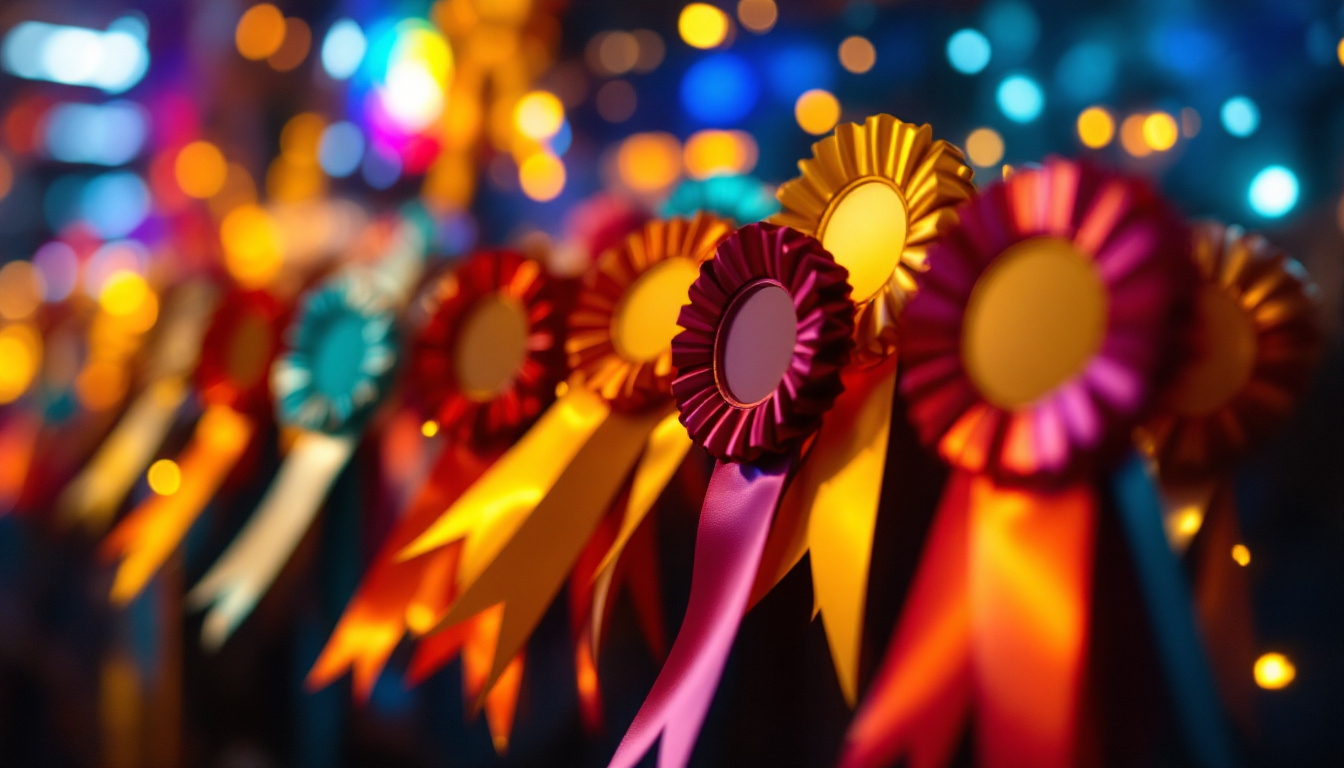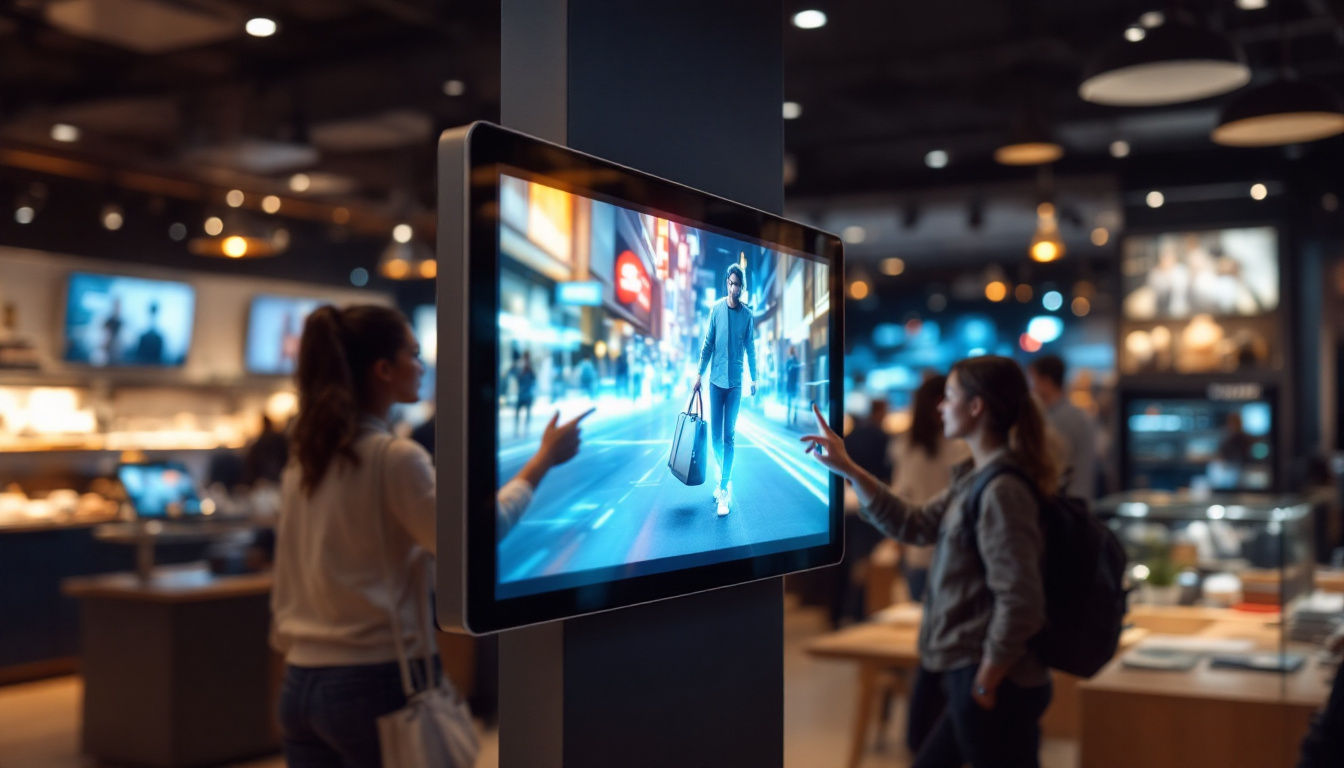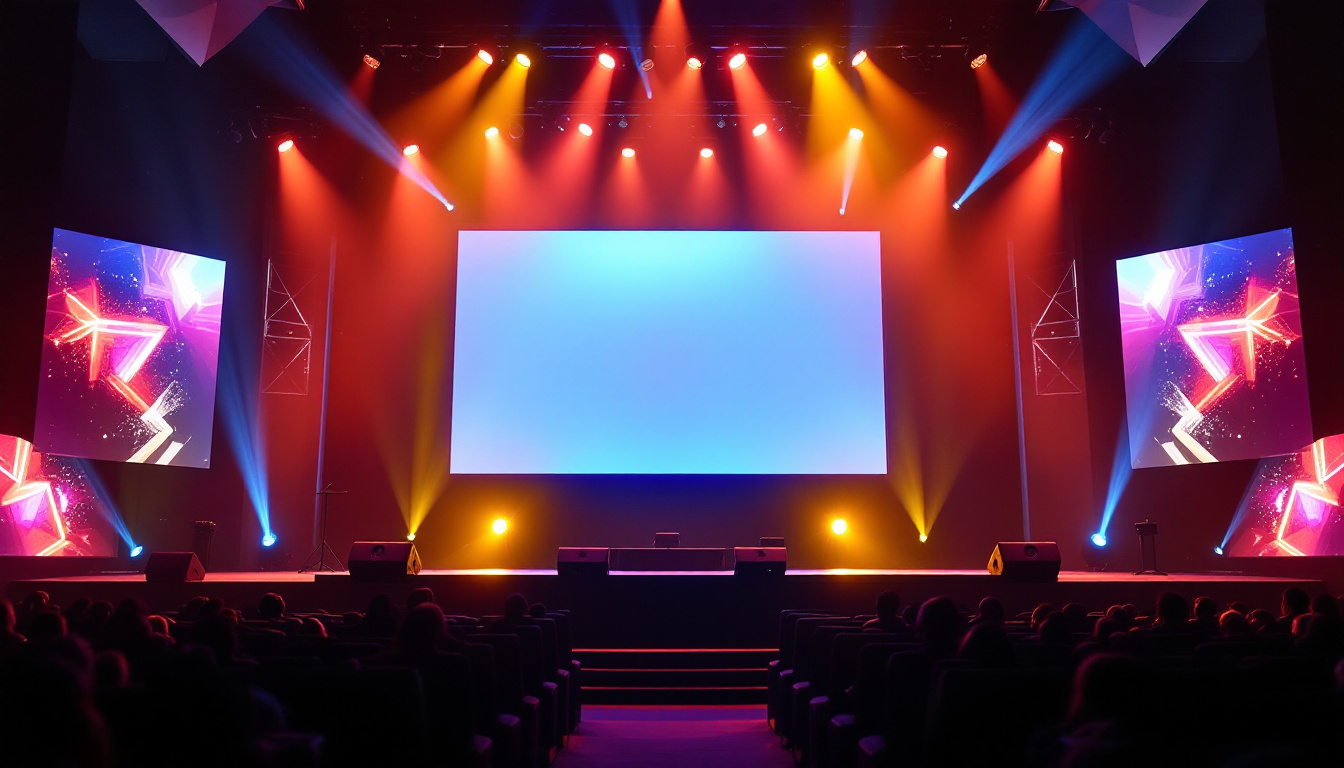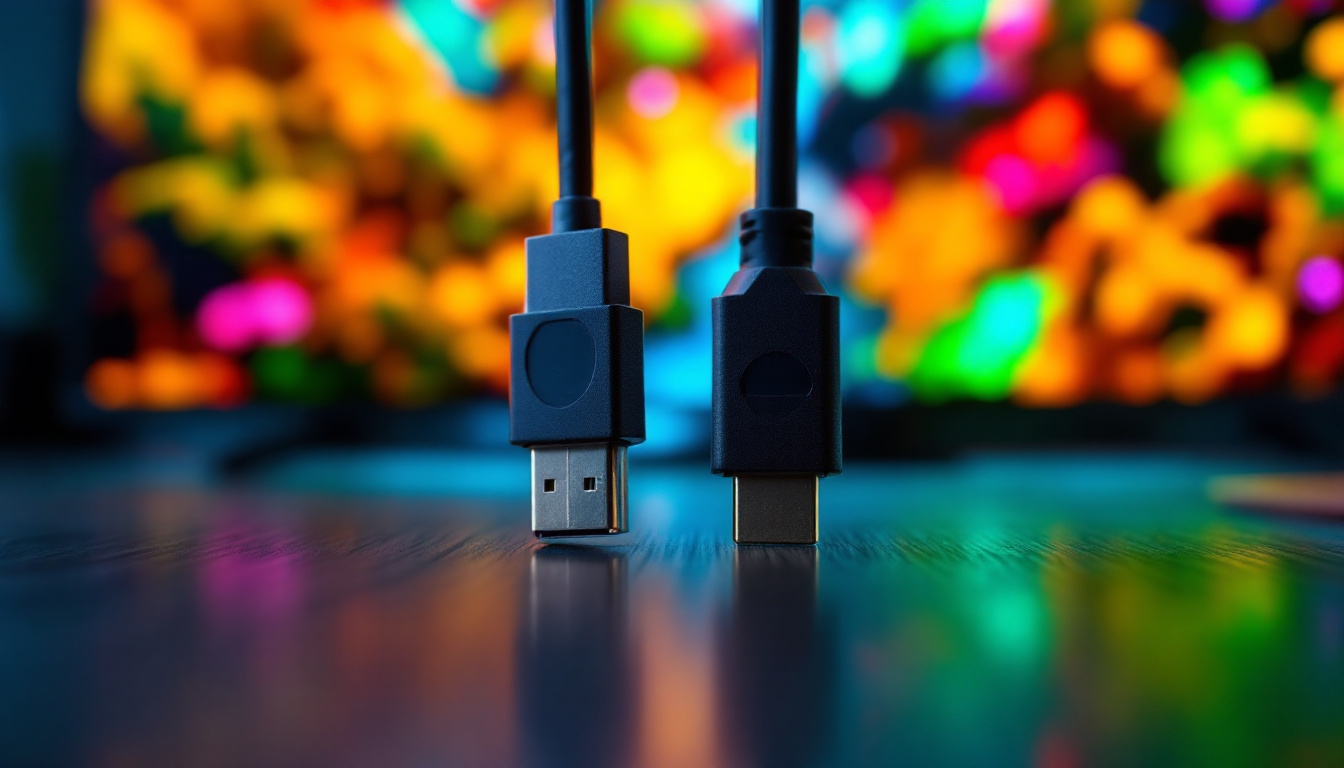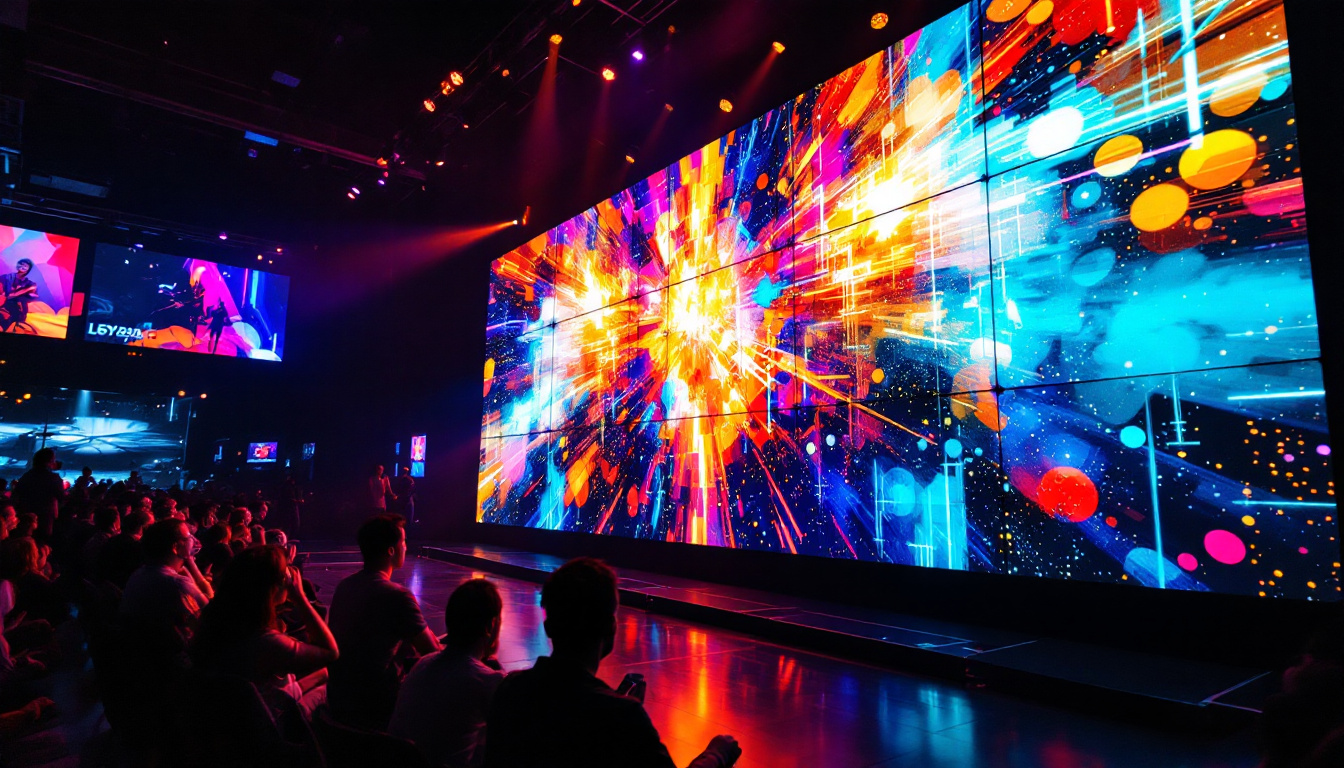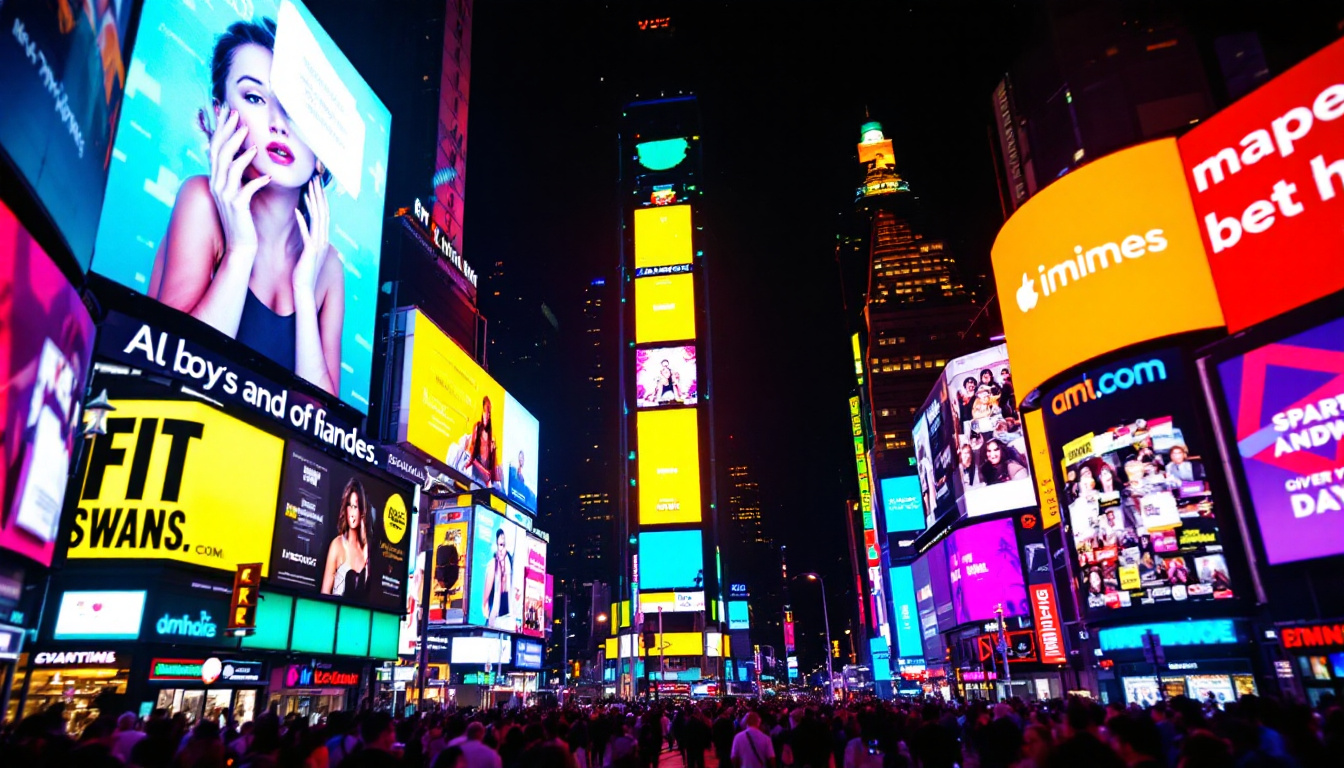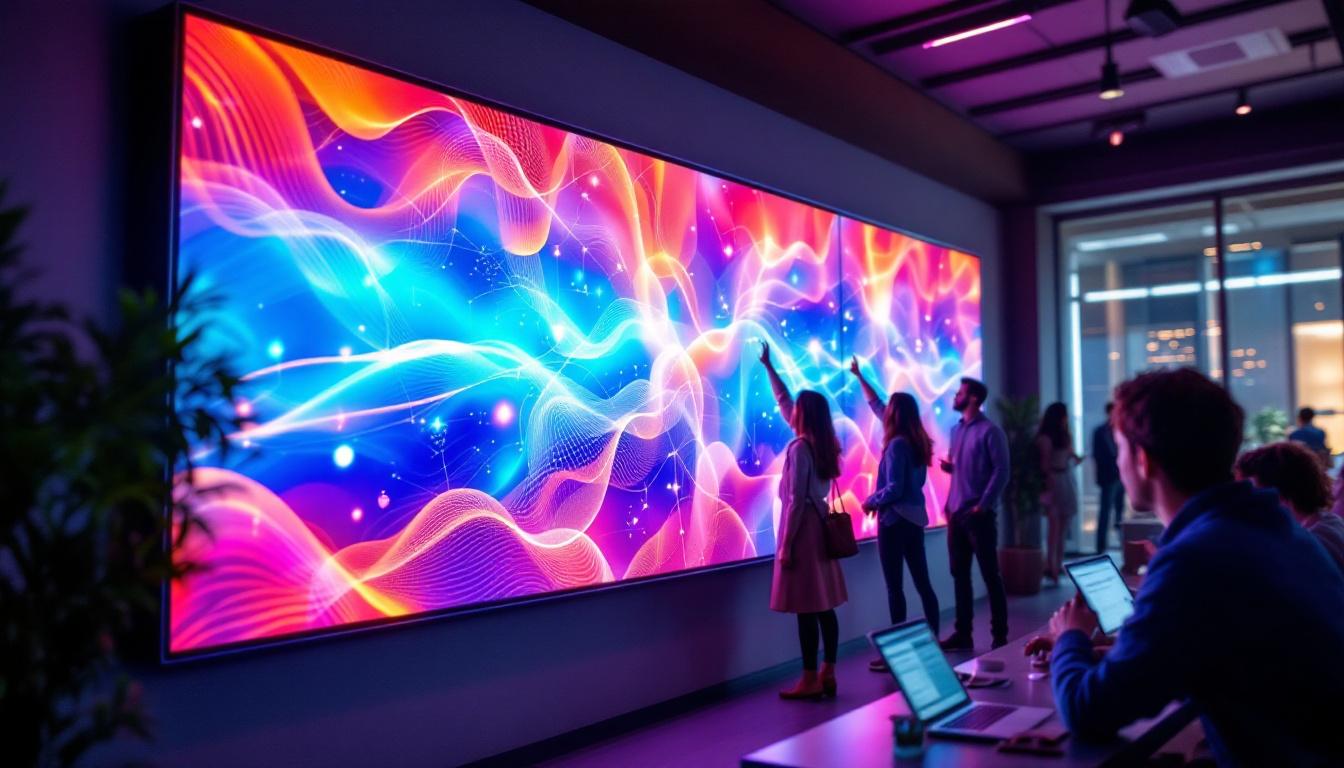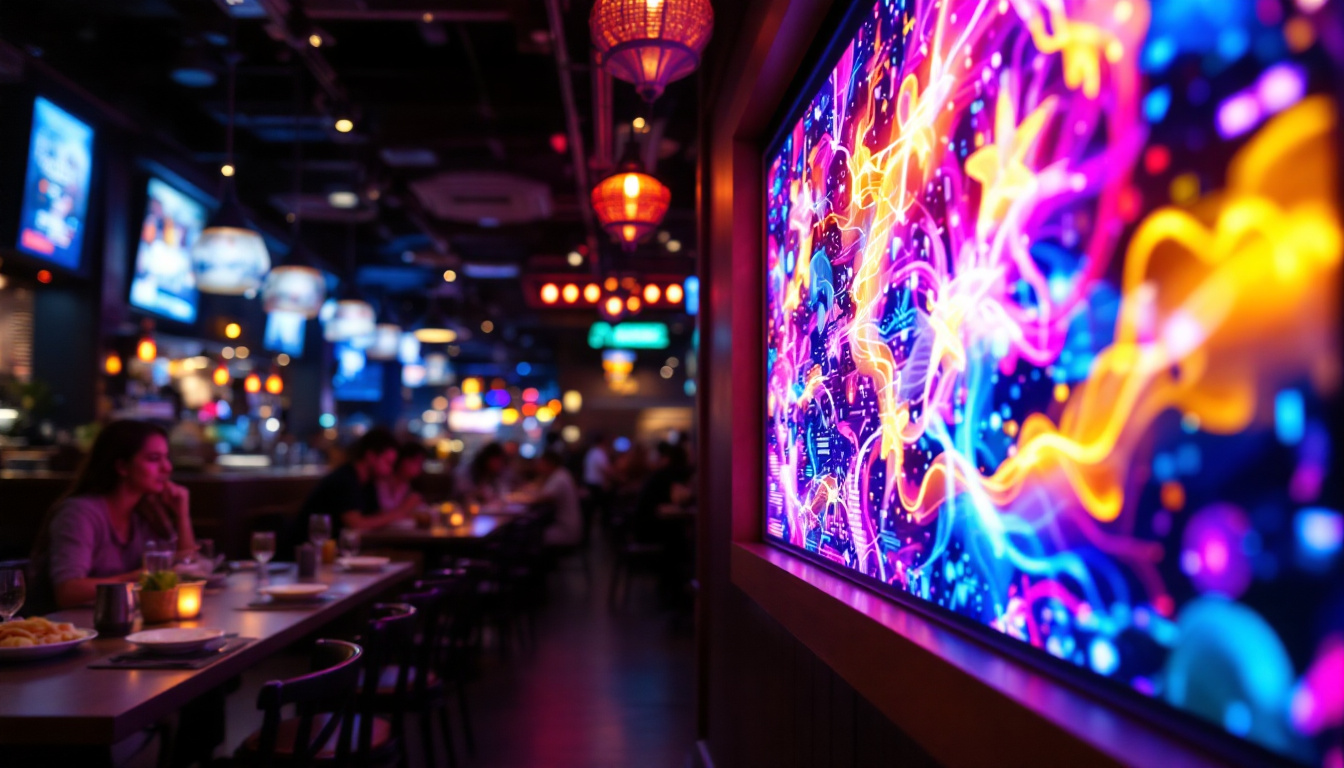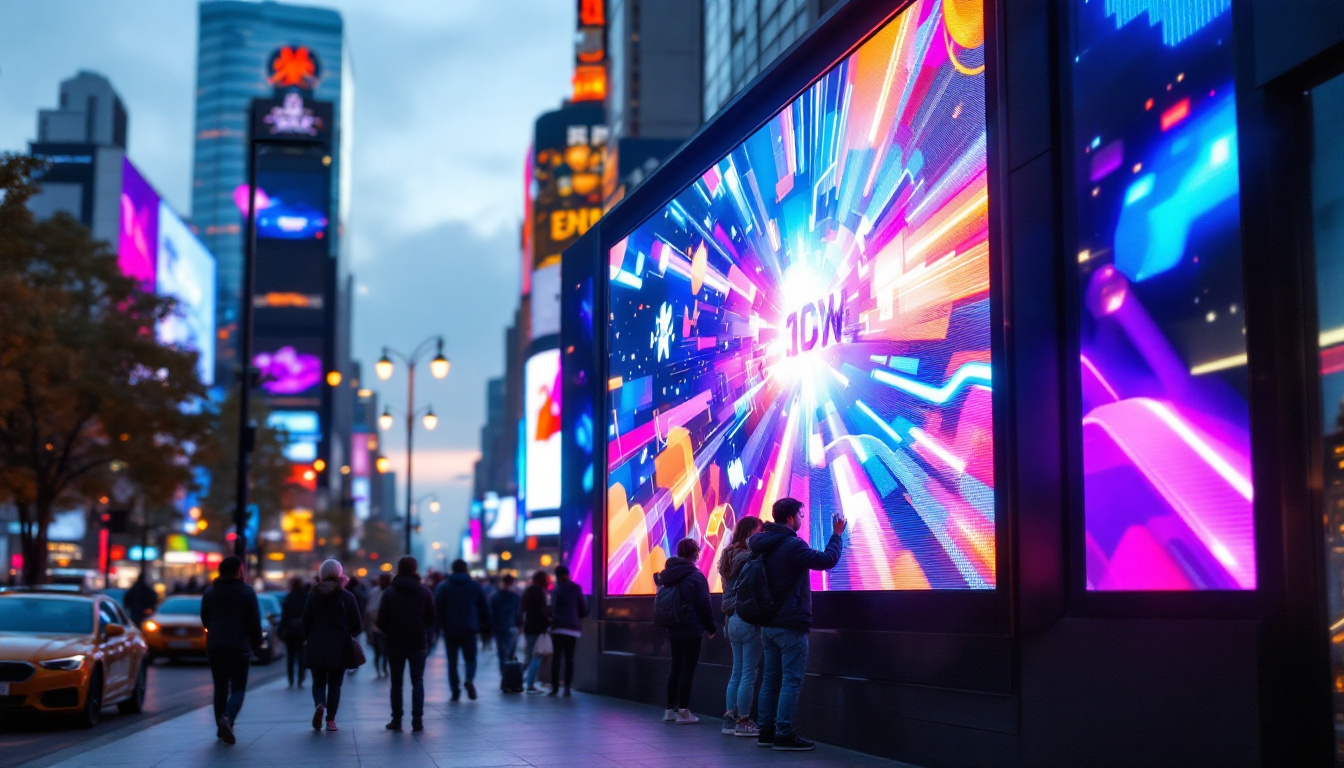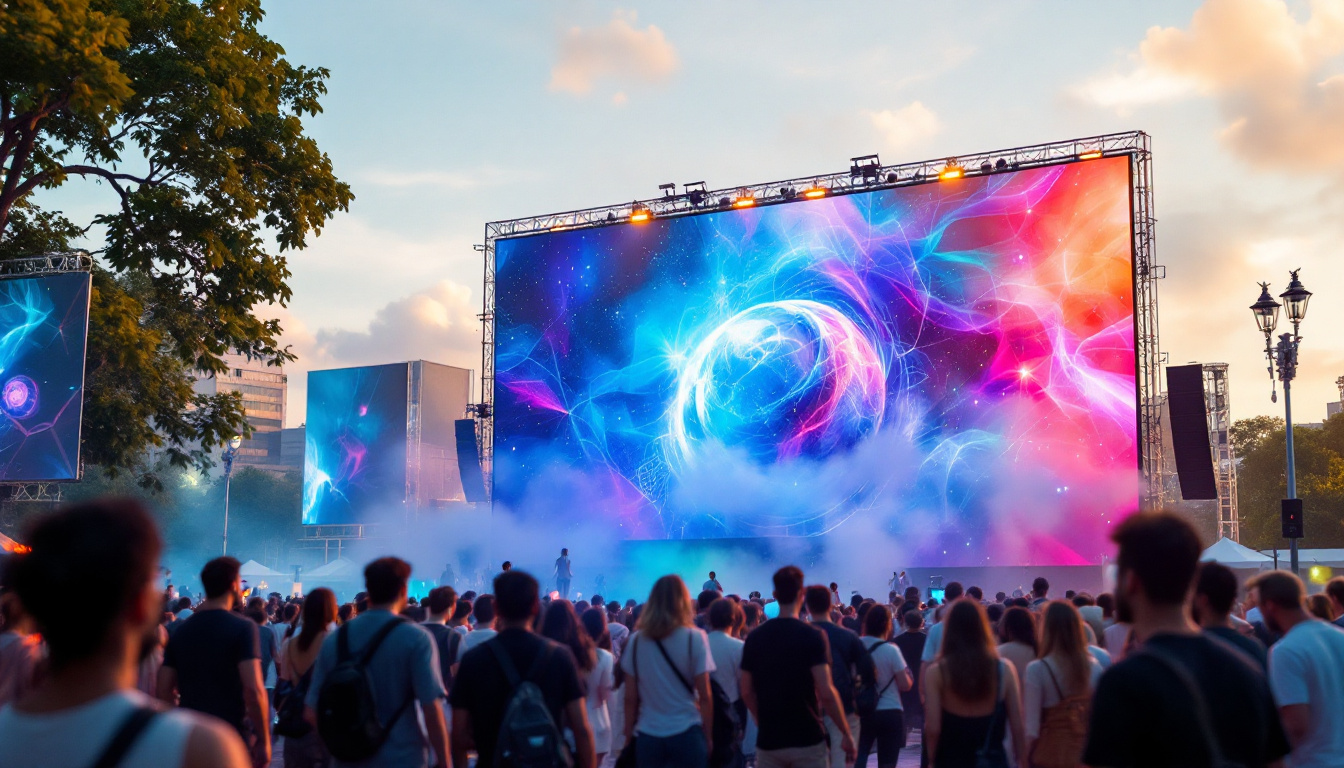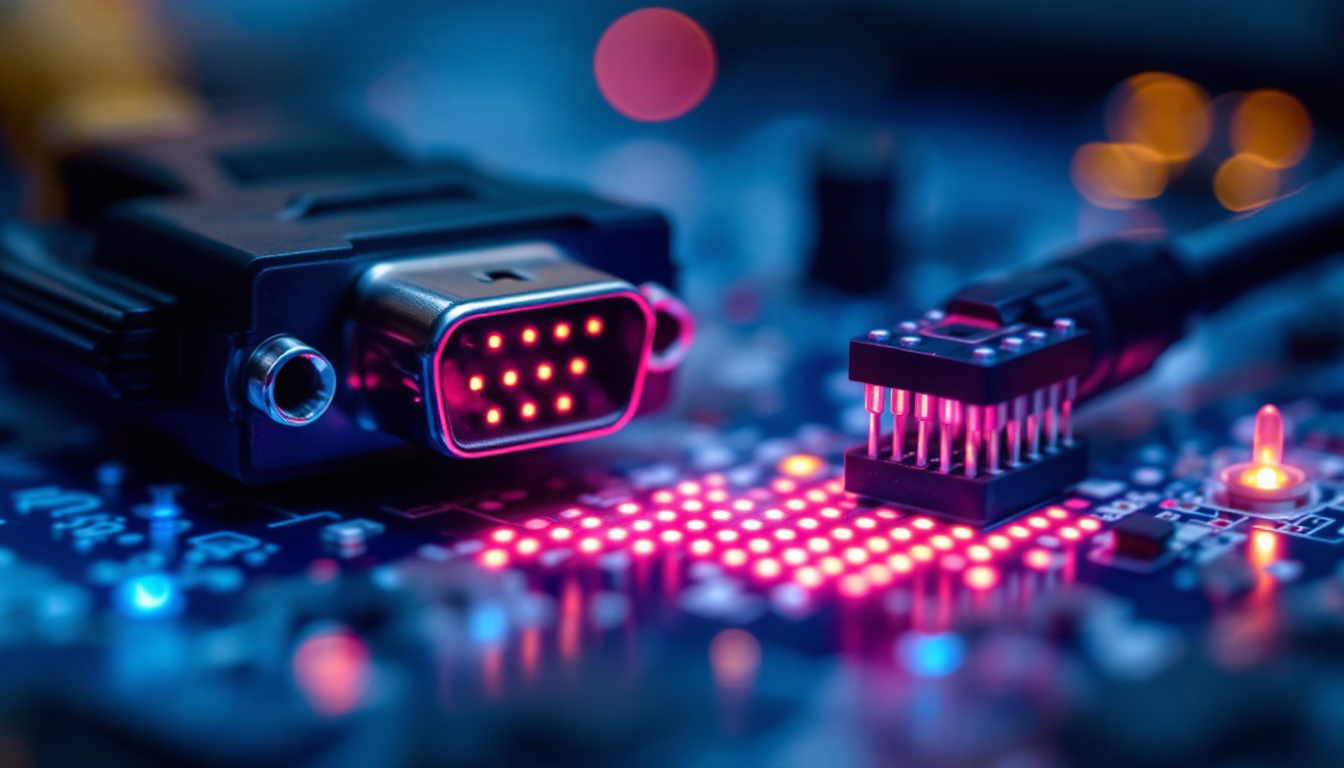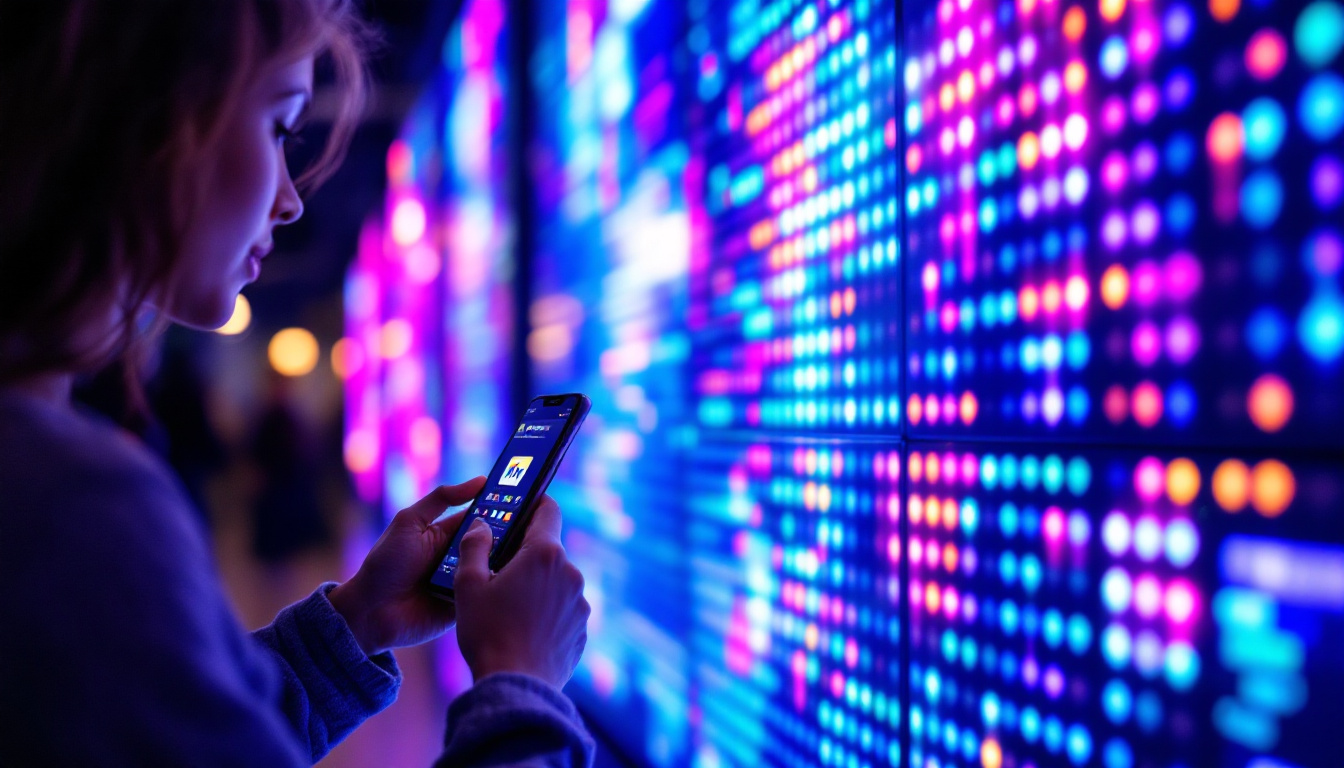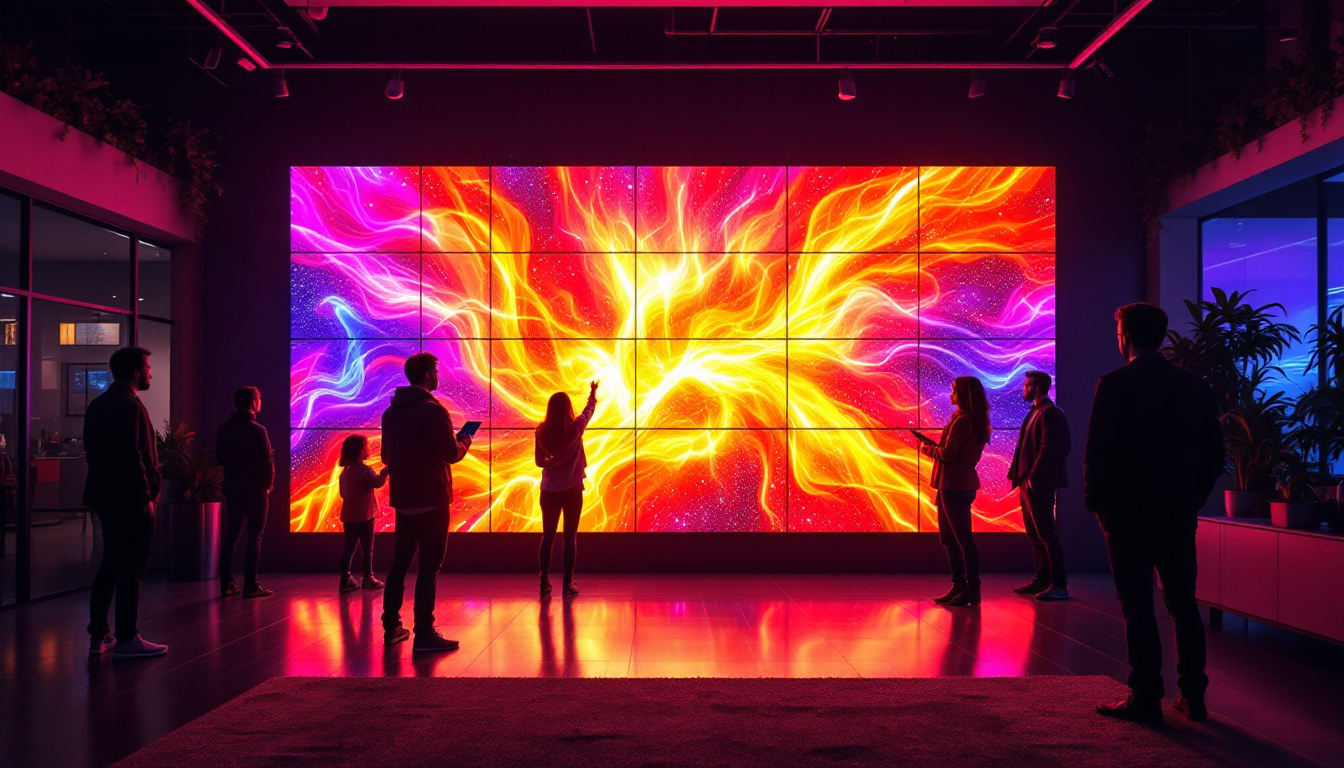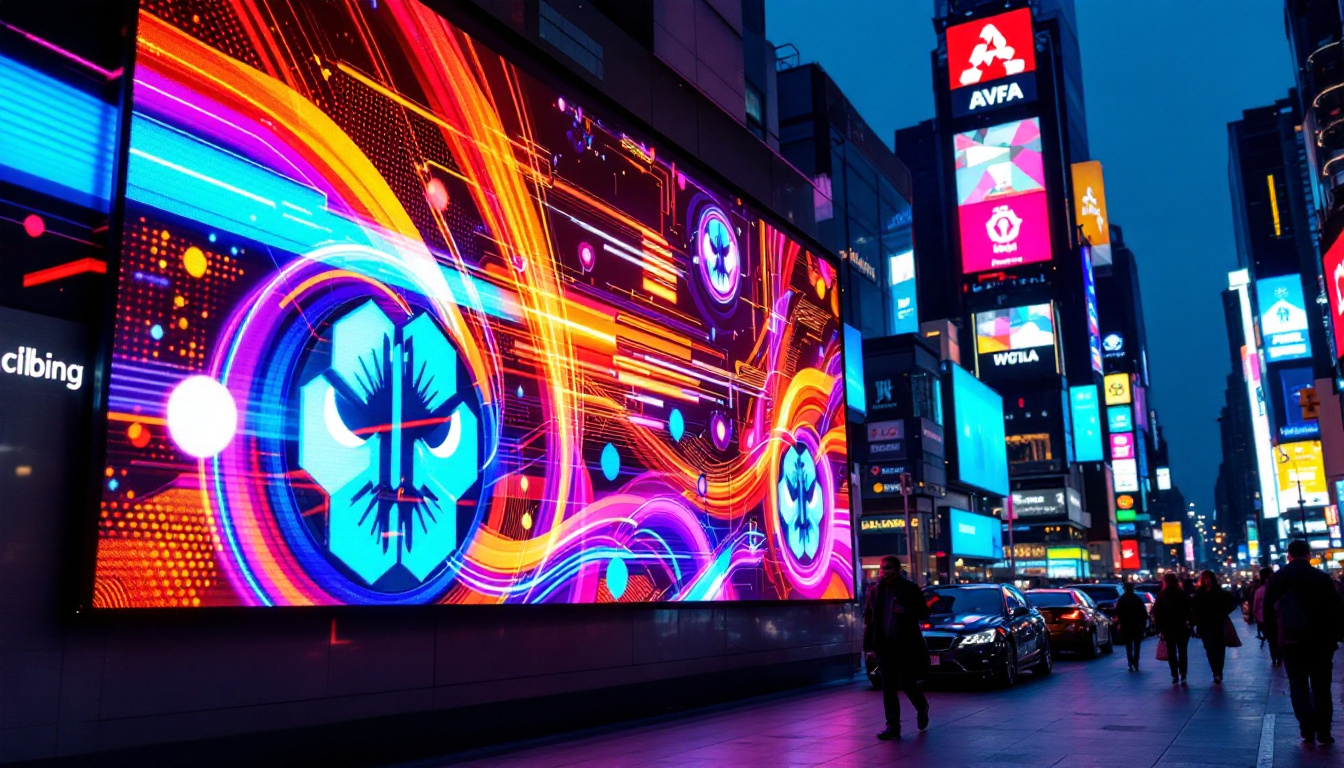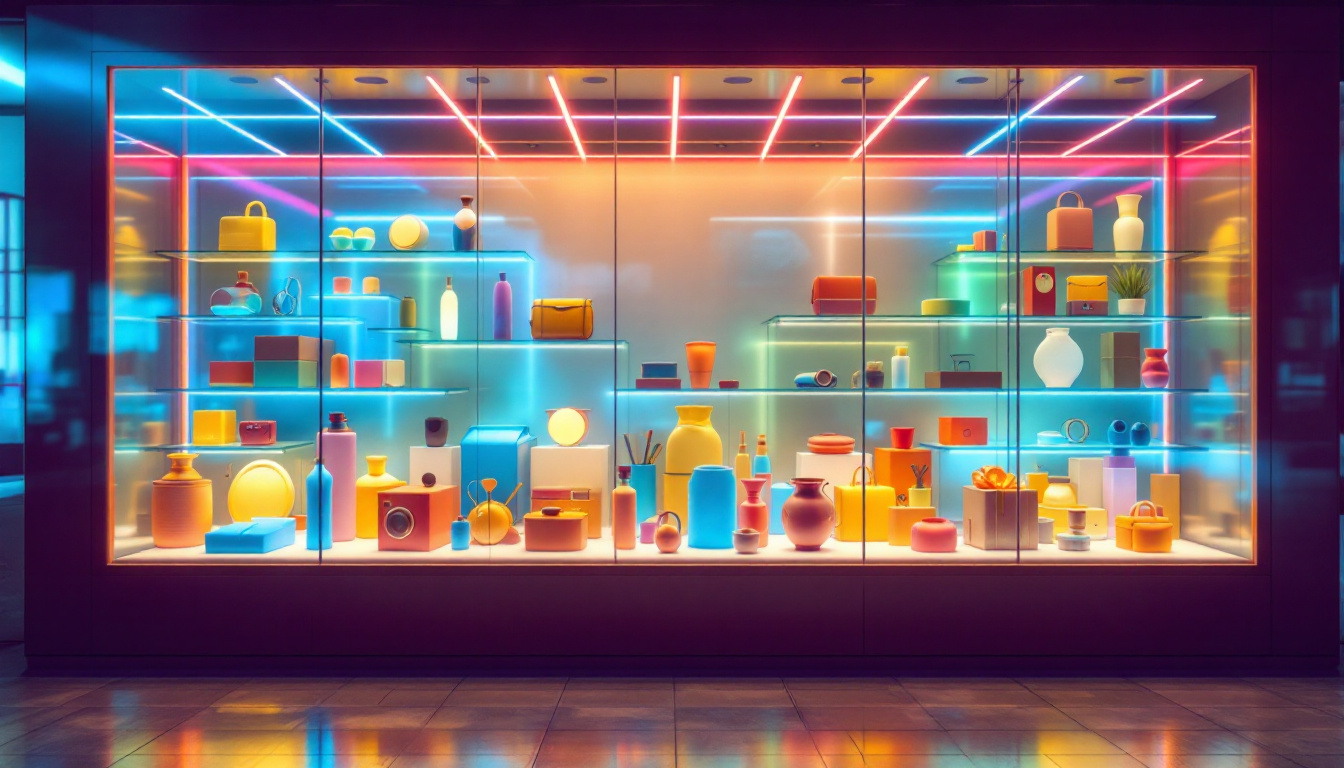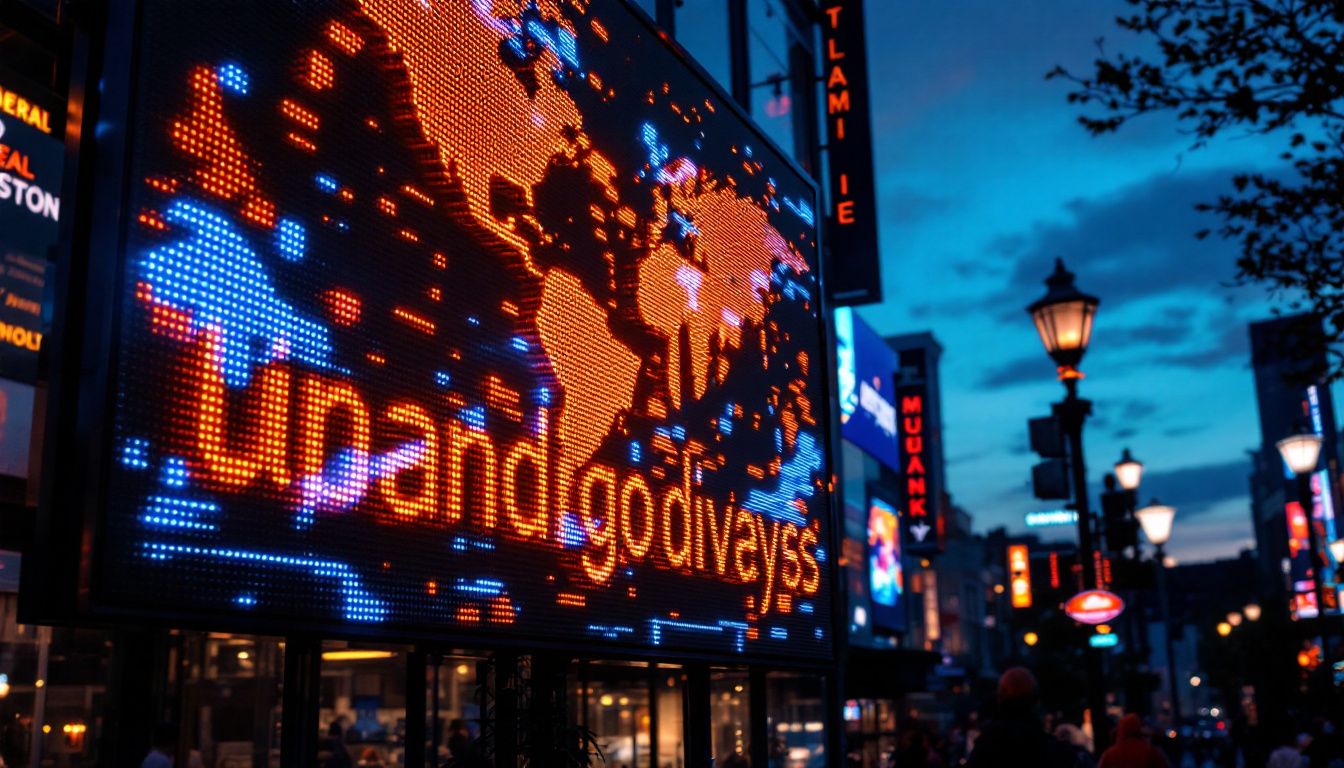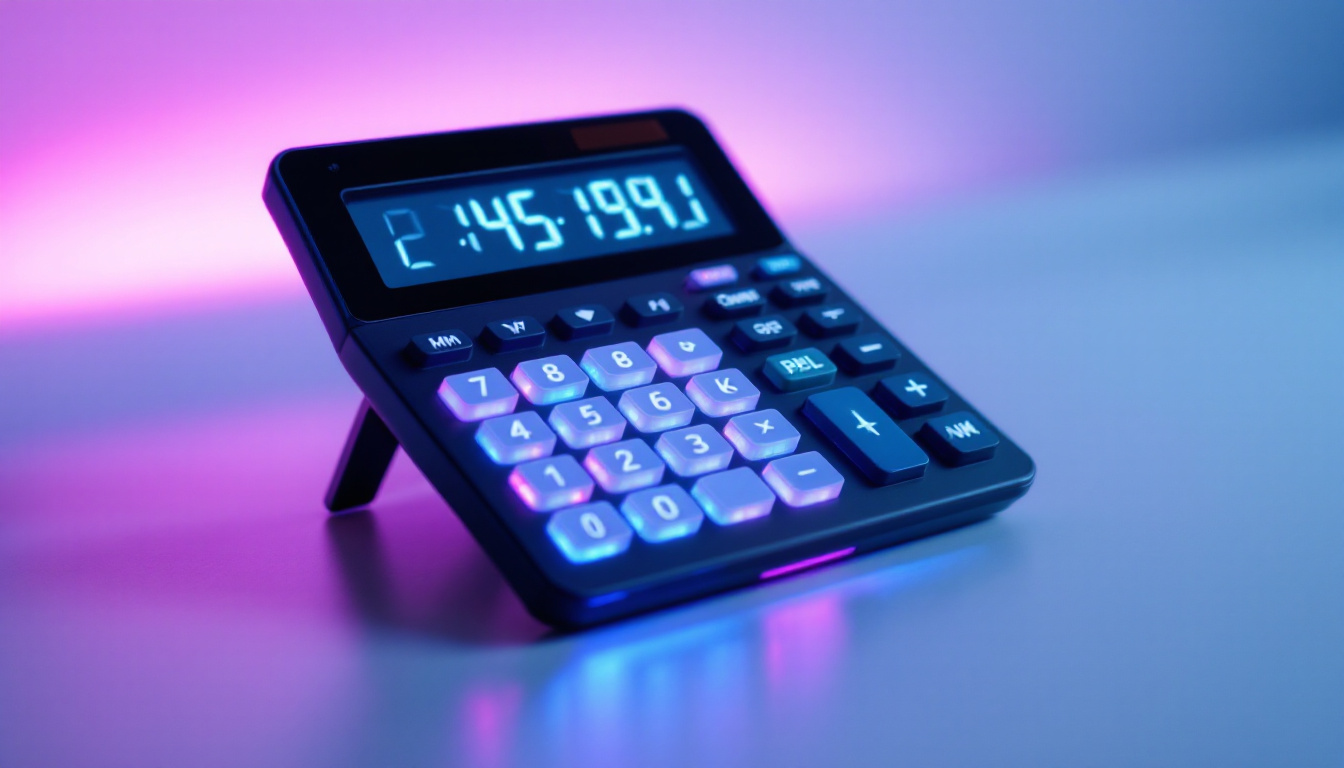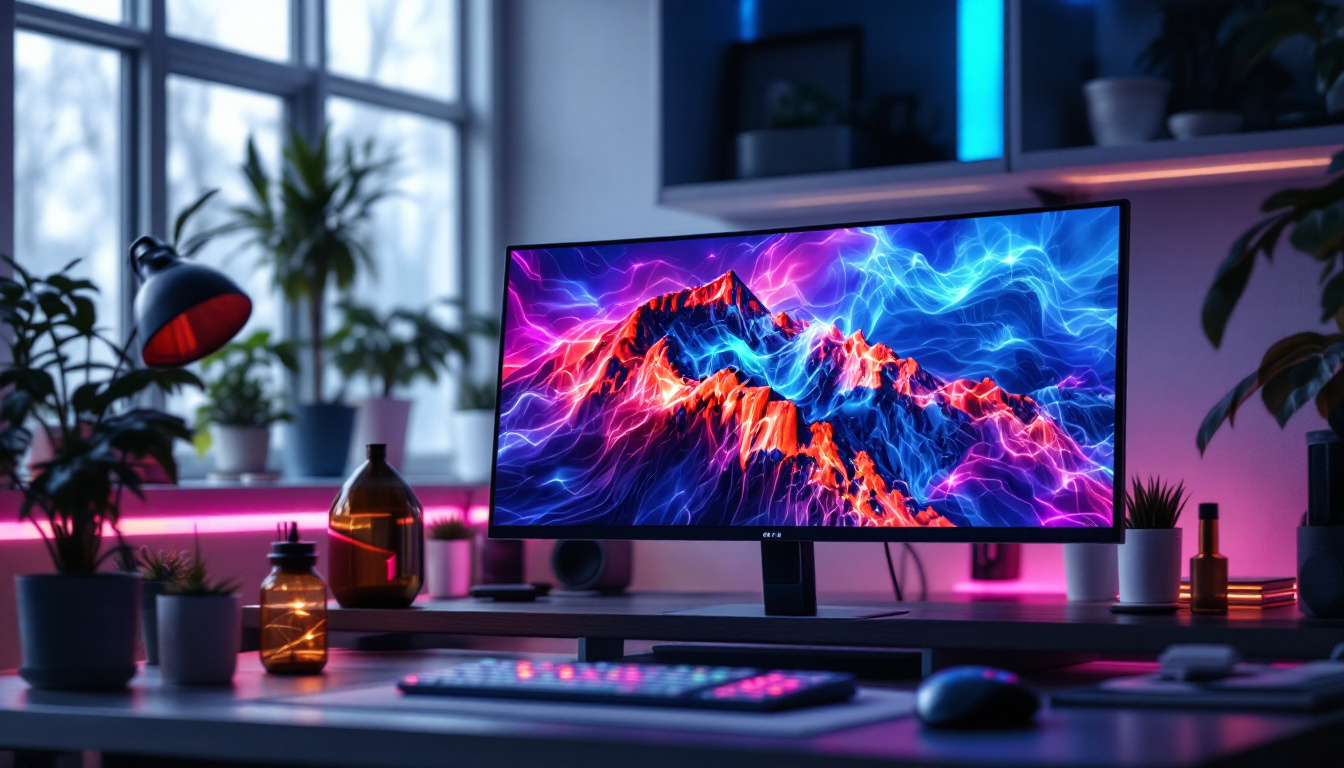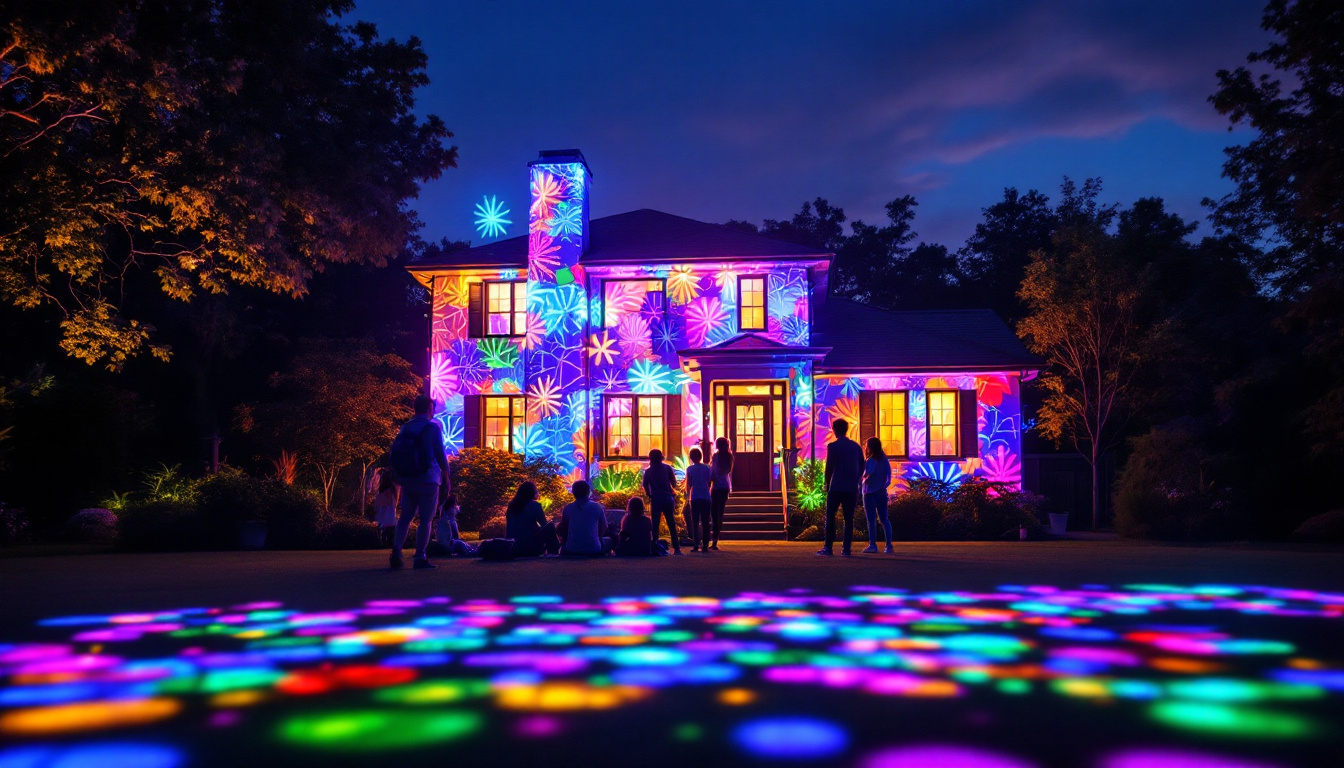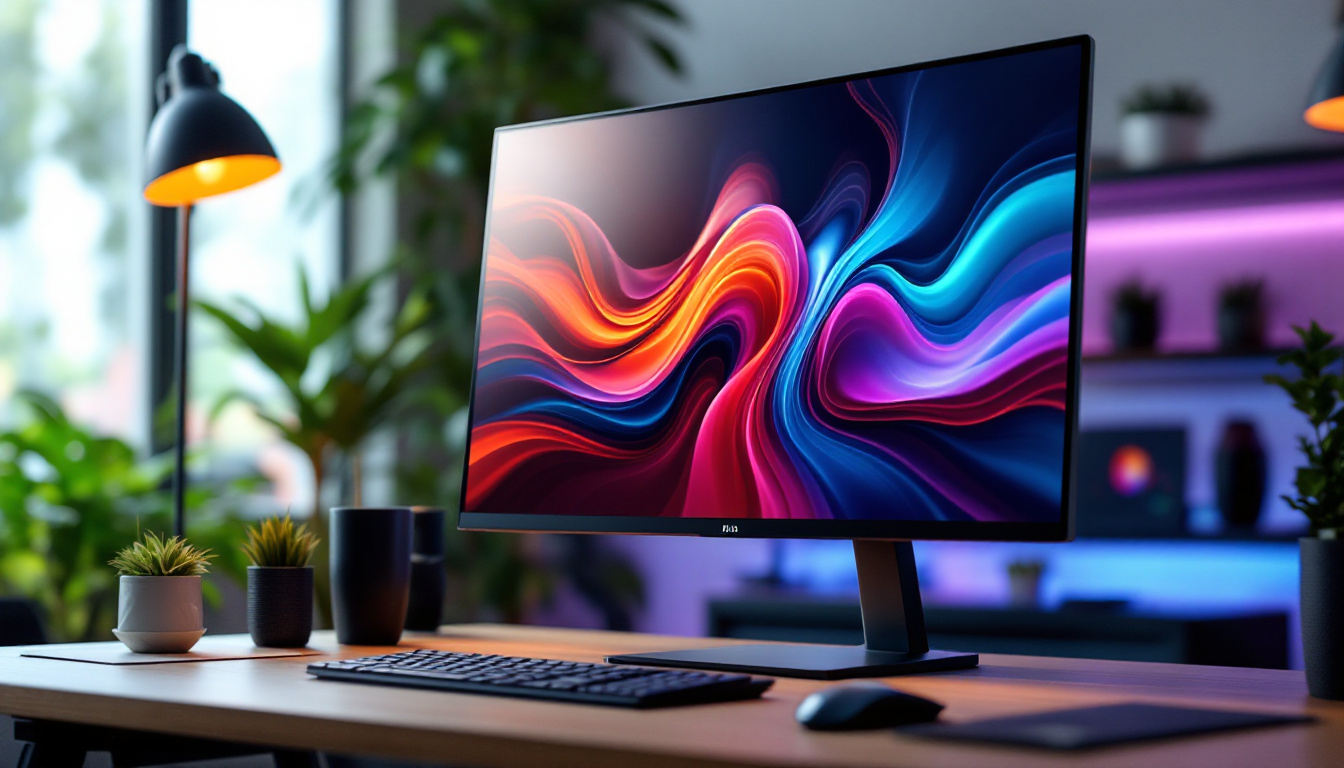Award ribbons are a cherished symbol of achievement, recognition, and pride. They serve not only as tokens of success but also as reminders of hard work and dedication. With the advent of technology, the traditional methods of displaying these ribbons have evolved significantly. One of the most innovative ways to showcase award ribbons is through LED displays. This article delves into the intricacies of LED display technology and how it can enhance the presentation of award ribbons.
Understanding LED Display Technology
LED, or Light Emitting Diode, technology has revolutionized the way visual information is presented. Unlike traditional displays, LED displays are known for their brightness, energy efficiency, and versatility. They can be used in a variety of settings, from large outdoor billboards to intimate indoor displays. The ability to create vivid images and animations has made LED displays a popular choice for advertising, entertainment, and even art installations, showcasing their adaptability across different industries.
How LED Displays Work
At the core of an LED display are tiny diodes that emit light when an electric current passes through them. These diodes are arranged in a grid, allowing for the creation of images and text. The combination of red, green, and blue diodes enables the display to produce a wide spectrum of colors, making it possible to create vibrant and eye-catching visuals. The precise arrangement and calibration of these diodes are crucial for achieving high-quality images, as even slight variations can affect color accuracy and brightness.
The technology behind LED displays has advanced significantly over the years. Modern LED displays can be controlled by sophisticated software that allows for dynamic content changes, animations, and even interactive features. This flexibility makes them an ideal choice for showcasing award ribbons in a modern and engaging manner. Additionally, advancements in pixel pitch—the distance between the centers of two adjacent pixels—have allowed for closer viewing distances without sacrificing image quality, making LED displays suitable for everything from sports arenas to corporate presentations.
Types of LED Displays
There are several types of LED displays, each suited for different applications. The most common types include:
- Indoor LED Displays: These are designed for use in enclosed spaces. They typically have a higher pixel density, resulting in sharper images and text. Indoor displays are often used in venues such as shopping malls, conference rooms, and theaters, where clarity and detail are paramount.
- Outdoor LED Displays: Built to withstand the elements, outdoor displays are brighter and more durable. They are often used for advertising and public announcements. These displays are engineered to resist rain, wind, and temperature fluctuations, ensuring that the visuals remain vibrant and effective regardless of weather conditions.
- Transparent LED Displays: These innovative displays allow for visibility through the screen, making them perfect for retail environments where product visibility is key. By combining transparency with high-quality visuals, retailers can create immersive shopping experiences that captivate customers while still showcasing their products.
Another emerging type of LED display is the flexible LED screen, which can be bent and shaped to fit various surfaces. This technology opens up new possibilities for creative installations, allowing designers to create unique shapes and forms that were previously impossible with traditional rigid displays. As LED technology continues to evolve, we can expect even more innovative applications that push the boundaries of visual communication.
The Benefits of Using LED Displays for Award Ribbons
Integrating LED displays into award ribbon presentations offers numerous advantages. This technology not only enhances visibility but also adds a modern touch to traditional displays.
Enhanced Visibility and Impact
One of the most significant benefits of LED displays is their brightness. LED screens can be seen clearly even in direct sunlight, making them ideal for outdoor events such as fairs, competitions, or ceremonies. This visibility ensures that award ribbons are showcased prominently, capturing the attention of attendees.
Furthermore, the ability to incorporate dynamic content means that award ribbons can be presented alongside images, videos, or animations that celebrate the achievements of the recipients. This multi-sensory approach creates a more engaging experience for viewers.
Customization and Flexibility
LED displays offer unparalleled customization options. Users can easily change the content displayed, allowing for real-time updates during events. For instance, as awards are presented, the display can be updated to show the name of the recipient, the award they received, and even a brief description of their accomplishments.
This flexibility extends beyond text. With the right software, award organizers can create themed presentations that align with the event’s branding, making the experience cohesive and memorable.
Cost-Effectiveness and Sustainability
While the initial investment in LED display technology may be higher than traditional display methods, the long-term benefits often outweigh the costs. LED displays are energy-efficient, consuming less power than conventional lighting solutions. This efficiency translates to lower electricity bills over time.
Additionally, LED technology is known for its longevity. With proper maintenance, an LED display can last for many years, reducing the need for frequent replacements and contributing to a more sustainable approach to event planning.
Designing an Award Ribbon LED Display
Creating an effective LED display for award ribbons involves careful planning and design. The overall aesthetic should complement the event while ensuring that the ribbons and accompanying information are presented clearly.
Choosing the Right Size and Location
The size of the LED display is crucial. It should be large enough to be seen from a distance, especially in a crowded venue. Consideration should also be given to the location of the display. Placing it in a high-traffic area ensures maximum visibility and engagement.
Additionally, the display should be positioned at eye level whenever possible. This placement allows viewers to easily read the information without straining their necks or squinting.
Content Creation and Management
Once the display’s size and location are determined, the next step is to create compelling content. This includes selecting fonts, colors, and images that align with the event’s theme. Clear and legible text is essential, as is the use of high-quality images to represent the award recipients.
Content management software can facilitate the scheduling and updating of information on the display. This software allows event organizers to pre-load content, making it easy to switch between different presentations as awards are given out.
Incorporating Interactive Elements
To further enhance engagement, consider incorporating interactive elements into the LED display. This could include touch screens that allow attendees to learn more about the award recipients or even vote for their favorite entries in a competition.
Interactive displays not only draw attention but also create a more immersive experience for attendees, making the event more memorable.
Case Studies: Successful LED Award Ribbon Displays
Numerous events have successfully integrated LED displays into their award presentations, showcasing the versatility and effectiveness of this technology.
Local Science Fair
At a recent local science fair, organizers utilized an outdoor LED display to announce award winners. The display featured dynamic animations that celebrated each recipient’s project, along with their names and awards. This approach not only highlighted the achievements of the students but also attracted more attendees to the event.
The bright colors and engaging content kept the audience’s attention, making the award ceremony a highlight of the fair.
Annual Sports Awards Gala
An annual sports awards gala successfully incorporated an indoor LED display to recognize athletes across various categories. The display showcased video highlights of each athlete’s achievements, along with their names and awards. This multimedia approach created a vibrant atmosphere and made the award presentations more exciting.
Attendees were able to relive the athletes’ accomplishments, fostering a sense of community and celebration among participants and spectators alike.
Challenges and Considerations
While LED displays offer numerous benefits, there are also challenges and considerations that event organizers must keep in mind.
Technical Issues
Like any technology, LED displays can experience technical issues. It is crucial to have a technical support team on hand during events to address any potential problems quickly. Regular maintenance and testing prior to the event can also help mitigate these issues.
Additionally, ensuring that the content is properly formatted and uploaded in advance can prevent last-minute complications.
Budget Constraints
The cost of renting or purchasing an LED display can be a significant consideration for event organizers. It is essential to weigh the benefits against the budget available. Exploring rental options or partnering with sponsors can help alleviate financial constraints while still providing a high-quality display.
The Future of Award Ribbon Displays
The future of award ribbon displays is promising, with technology continuing to evolve. As LED displays become more accessible and affordable, their use in various settings is likely to increase.
Integration with Augmented Reality
One exciting development on the horizon is the integration of LED displays with augmented reality (AR) technology. This combination could allow for even more immersive experiences, where attendees can use their smartphones or AR glasses to interact with the display in real-time.
Imagine an award ceremony where attendees can point their devices at the display to see additional information, videos, or even 3D representations of the award recipients’ projects.
Increased Customization through AI
Artificial intelligence (AI) is also poised to play a significant role in the future of LED displays. AI algorithms could analyze audience engagement and preferences, allowing for tailored content that resonates more deeply with viewers.
This level of customization could enhance the overall experience, making award ceremonies not only more engaging but also more meaningful for attendees.
Conclusion
In conclusion, the integration of LED displays into award ribbon presentations represents a significant advancement in how achievements are celebrated. The benefits of enhanced visibility, customization, and interactivity make LED displays an attractive option for event organizers.
As technology continues to evolve, the possibilities for innovative and engaging award presentations are limitless. By embracing these advancements, organizations can create memorable experiences that honor the hard work and dedication of award recipients while captivating audiences.
Ultimately, the use of LED displays in award ribbon presentations not only modernizes the way achievements are recognized but also paves the way for a more interactive and engaging future in event planning.
Illuminate Your Achievements with LumenMatrix
Ready to elevate your award ribbon presentations to new heights of engagement and sophistication? Discover the transformative power of LumenMatrix’s LED display solutions. As a pioneer in LED technology, LumenMatrix offers an array of innovative products, from Indoor and Outdoor LED Wall Displays to Custom and Transparent LED Displays, designed to make your brand and achievements shine. Embrace the future of visual communication and create unforgettable experiences with our cutting-edge displays. Check out LumenMatrix LED Display Solutions and let your success be seen in the best light.

